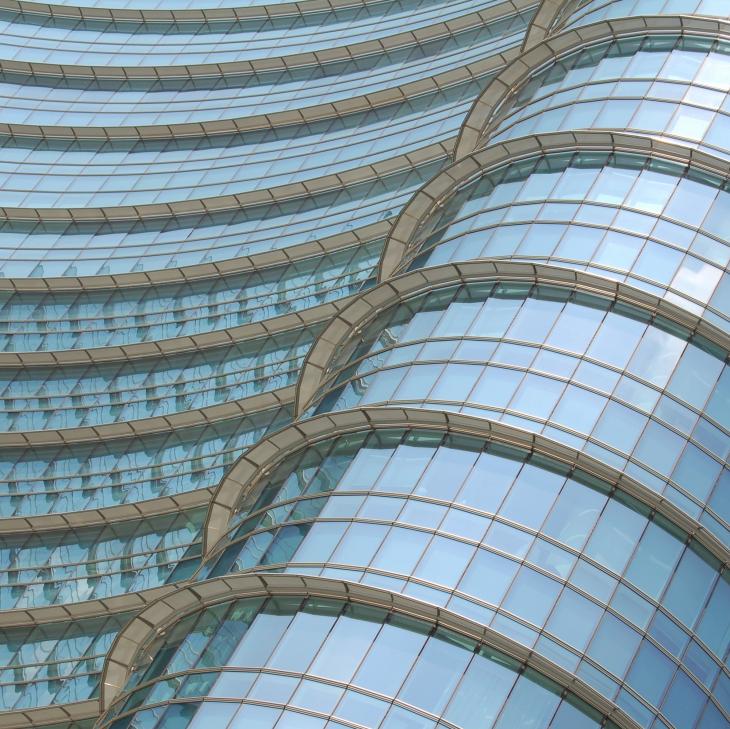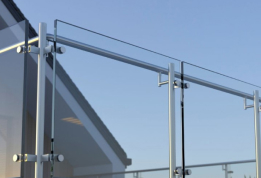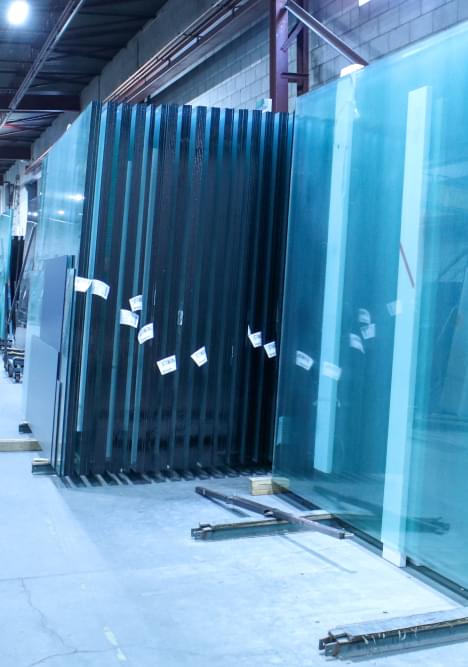Tracing the Evolution of Architectural Glass
Glass has been a staple element of modern architecture for years.
Whether its energy efficient, laminated or toughened, clear or tinted, glass is always a great option when designing a residential or commercial building.
Did you know that before it became so popular, only the wealthy could afford it? In fact, the earliest form of architectural glass was made for the most significant structures in Rome and was very costly for residential use.
Despite of the growing glass production in the succeeding years, glass windows remained to be used only by the wealthy. In England, it was known that the more windows you had in your home, the wealthier you were. People were actually taxed based on the actual number of glass windows their homes had. The tax policy was eventually lifted and the cost of architectural glass dropped significantly to almost 50%. With the introduction of the automated float glass manufacturing method, glass became widely available at a moderate cost with the same consistent high quality.
The same method was used to create flat glass planes where the process involved molten glass to be poured into a thin bath and to be spread out smooth and flat. What also made the manufacturing of architectural glass to increase rapidly is the development in steelmaking. Steel frames became the most widely used material to support buildings. It allowed walls to be relieved of their load-bearing burden and were now able to be made entirely of glass, or popularly known as a curtain wall. With this advancement, architects along with glaziers are pushing the development of glass to its limits. Glass is a great option for many homes and buildings as it’s sturdy, aesthetically pleasing. with the right maintenance, glass can last for years and still look brand new.
To learn more about custom glass fabrication, contact us today!

Glass has been a staple element of modern architecture for years.
Whether its energy efficient, laminated or toughened, clear or tinted, glass is always a great option when designing a residential or commercial building.
Did you know that before it became so popular, only the wealthy could afford it? In fact, the earliest form of architectural glass was made for the most significant structures in Rome and was very costly for residential use.
Despite of the growing glass production in the succeeding years, glass windows remained to be used only by the wealthy. In England, it was known that the more windows you had in your home, the wealthier you were. People were actually taxed based on the actual number of glass windows their homes had. The tax policy was eventually lifted and the cost of architectural glass dropped significantly to almost 50%. With the introduction of the automated float glass manufacturing method, glass became widely available at a moderate cost with the same consistent high quality.
The same method was used to create flat glass planes where the process involved molten glass to be poured into a thin bath and to be spread out smooth and flat. What also made the manufacturing of architectural glass to increase rapidly is the development in steelmaking. Steel frames became the most widely used material to support buildings. It allowed walls to be relieved of their load-bearing burden and were now able to be made entirely of glass, or popularly known as a curtain wall. With this advancement, architects along with glaziers are pushing the development of glass to its limits. Glass is a great option for many homes and buildings as it’s sturdy, aesthetically pleasing. with the right maintenance, glass can last for years and still look brand new.
To learn more about custom glass fabrication, contact us today!







